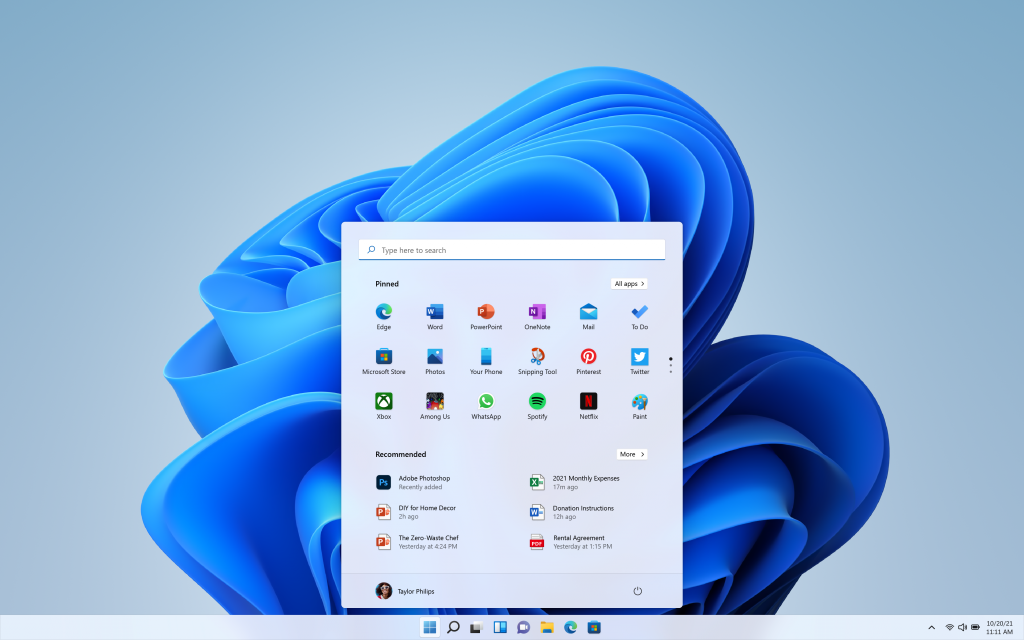
Microsoft Windows 11 Has an Official Release Date
- Microsoft announced Windows 11 is officially landing on October 5, 2021.
- Eligible devices will be offered the free upgrade through Windows Update over the next nine months.
- The roll-out will be staged and the most powerful and modern devices will be prioritized over the rest.
Microsoft has given the world an official release date for its next major operating system, Windows 11, and it’s October 5, 2021. That is roughly a month away, so if you are eligible for an upgrade, you should be thrilled right now. If not, strong “missing out” symptoms should kick in by next month.
For those of you who missed the June presentation, the upcoming release brings a slick new user interface, new sounds, a revamped Start menu, remote work enhancements, a brand new Microsoft Store, empowered multitasking, widgets, gaming-focused performance boosts, Android app compatibility, and more built-in security.
On that last bit, this aspect is what has created some compatibility controversy since it has essentially excluded a large portion of computer systems that are perfectly usable today because they’re missing support for Trusted Platform Module (TPM) 2.0. Combined with the fact that CPUs haven’t exactly made leaps and bounds forward in the last couple of years, and with the Windows 11 release coinciding with a historic chip shortage, and you have a recipe for dissension on all levels.
Despite the vociferous complaints, Microsoft remained adamant about the minimum OS requirements. Although there are ways to still get Windows 11 running on a typically incompatible computer, they all come with severe implications.
The roll-out of the free upgrade on eligible devices will start on October 5, but this doesn’t mean everyone will get it on that day. Instead, Microsoft will follow a phased and measured approach, ensuring that the upgrade experience will go smooth for everyone. There will be a prioritization of newer and more powerful devices, so if you’re running a modern beast and you’re based in the U.S., chances are you’re getting Windows 11 in October. For everyone else, the upgrade will be offered no later than mid-2022, so the process will take some time.
Patience is key here as malware distributors are bound to exploit this slow roll-out and offer supposed “direct download” channels to gullible users. The only legitimate way to get the upgrade is through Settings > Windows Update and then clicking on "Check for updates" to see if something is waiting in the pipeline. Anything else, no matter what claims accompany it, is a scam.
Finally, as Microsoft points out in its blog post, buying a laptop right now is an excellent way to ensure that you will be among the first to experience Windows 11, as the company has worked closely with leading laptop OEMs that will be high on the priority list when the roll-out starts.








